- News
- Reviews
- Bikes
- Accessories
- Accessories - misc
- Computer mounts
- Bags
- Bar ends
- Bike bags & cases
- Bottle cages
- Bottles
- Cameras
- Car racks
- Child seats
- Computers
- Glasses
- GPS units
- Helmets
- Lights - front
- Lights - rear
- Lights - sets
- Locks
- Mirrors
- Mudguards
- Racks
- Pumps & CO2 inflators
- Puncture kits
- Reflectives
- Smart watches
- Stands and racks
- Trailers
- Clothing
- Components
- Bar tape & grips
- Bottom brackets
- Brake & gear cables
- Brake & STI levers
- Brake pads & spares
- Brakes
- Cassettes & freewheels
- Chains
- Chainsets & chainrings
- Derailleurs - front
- Derailleurs - rear
- Forks
- Gear levers & shifters
- Groupsets
- Handlebars & extensions
- Headsets
- Hubs
- Inner tubes
- Pedals
- Quick releases & skewers
- Saddles
- Seatposts
- Stems
- Wheels
- Tyres
- Health, fitness and nutrition
- Tools and workshop
- Miscellaneous
- Buyers Guides
- Features
- Forum
- Recommends
- Podcast
TECH NEWS
Anatomy of a Tour de France race bike - Everything you need to know about a pro's bike
Tour de France bicycles are designed to be fast, light and stiff, and intended to give riders every possible competitive benefit to help them win stages and the yellow jersey.
What sets a Tour de France race bike apart from the bike you can buy in your local bike shop? In the video below we take a closer look at a Tour race bike and highlight some of the key differences.
Cycling is a unique sport in that you can watch the race on Sunday and buy the same bike on Monday. The pace of development the last couple of decades has massively reduced the gap between a pro race bike and a bike you or I can buy.
The UCI even has a rule that any product used in a pro race must be available to buy at least nine months later. It’s intended to control costs, by stopping bike and equipment suppliers producing very expensive one-off components. So you almost could pop into a bike shop, buy an expensive top-end bike, and race it in the Tour de France. But there are a few subtle differences that still help to mark out a pro race bike.
Frames and forks are all made from carbon fibre these days, long gone are the days of steel, aluminium and titanium. Carbon is light and stiff, it’s also very expensive. In the old days, riders would have custom made frames, and that has happened with carbon frames in the past, but these days the pros ride the same size frames you can buy in the shops.
Carbon is also used for the wheels, with deep section aerodynamic carbon wheels being commonplace in the pro peloton even on races where cobbles are involved.
The one key difference to your bike is the use of tubular tyres. These are very traditional tyres that are sewn up with an inner tube inside and literally glued to the rim. Clincher and tubeless tyre technology is getting better all the time, so why do the pros prefer tubulars? It’s because they can ride along the ride with a flat tyre more safely, the tubular tyre won’t easily separate from the rim in the same way a clincher tyre likely will.
Electronic gears are commonplace too. There might be a few riders that prefer the feel of mechanical gears, but really the entire peloton has switched over to electronic groupsets. A few public mishaps notwithstanding, the electronic groupsets are very reliable and the batteries only need occasional charging.
Pros possess serious horsepower and can push big gears that would make you wince. The classic 53/39t chainset is a very common sight, you’ll rarely see a 50/34 compact unless there’s a really steep mountain climb.
Cassettes have shifted away from 11-23 and 11-25 to 11-28 and 11-30 in recent years, noticeable with the advent of 11-speed groupsets.
There’s a trend, and we’re not sure we’d advocate it, of riders downsizing the frame in order to get a very low front end and short stack. They then dial in their fit using long stems and saddles slammed back on the rails. Long and slammed stems are a common sight, as much to do with aesthetics and vanity as based on professional fit data. We’ve noticed a few riders bucking this trend and riding correct size frames and using stem lengths that wouldn’t look out of place on a shop bought bike.
Other details that mark out a pro race bike are the out-front computer mount that most bikes are equipped with. You’ll often see the details of the stage taped to the stem or top tube as well. A chain catcher is a backup in case the chain drops off the chainring, while not something that is common has in the past completely ruined race efforts.
The last two details you can’t buy. The first is a race number mount seen here on the seat stay bridge. There are all sorts of solutions to fixing the race number to the frame, some mechanics really get creative and glue or zip tie to the frame or seatpost. Finally, there’s a GPS transponder attached to the back of the saddle, used to relay position and performance data to the race organisers.
Got any questions?
David worked on the road.cc tech team from 2012-2020. Previously he was editor of Bikemagic.com and before that staff writer at RCUK. He's a seasoned cyclist of all disciplines, from road to mountain biking, touring to cyclo-cross, he only wishes he had time to ride them all. He's mildly competitive, though he'll never admit it, and is a frequent road racer but is too lazy to do really well. He currently resides in the Cotswolds, and you can now find him over on his own YouTube channel David Arthur - Just Ride Bikes.

















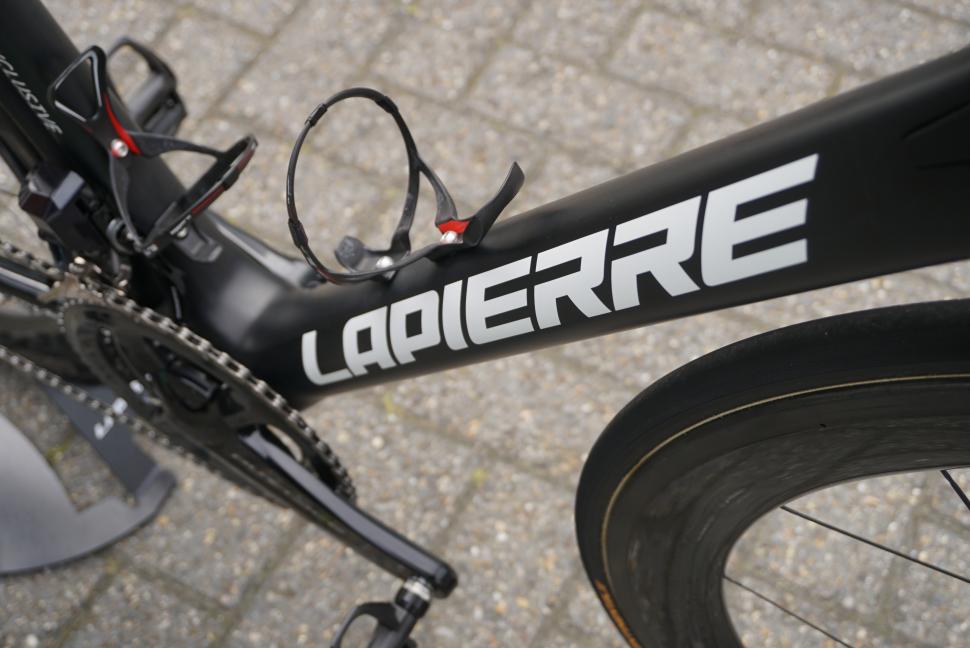
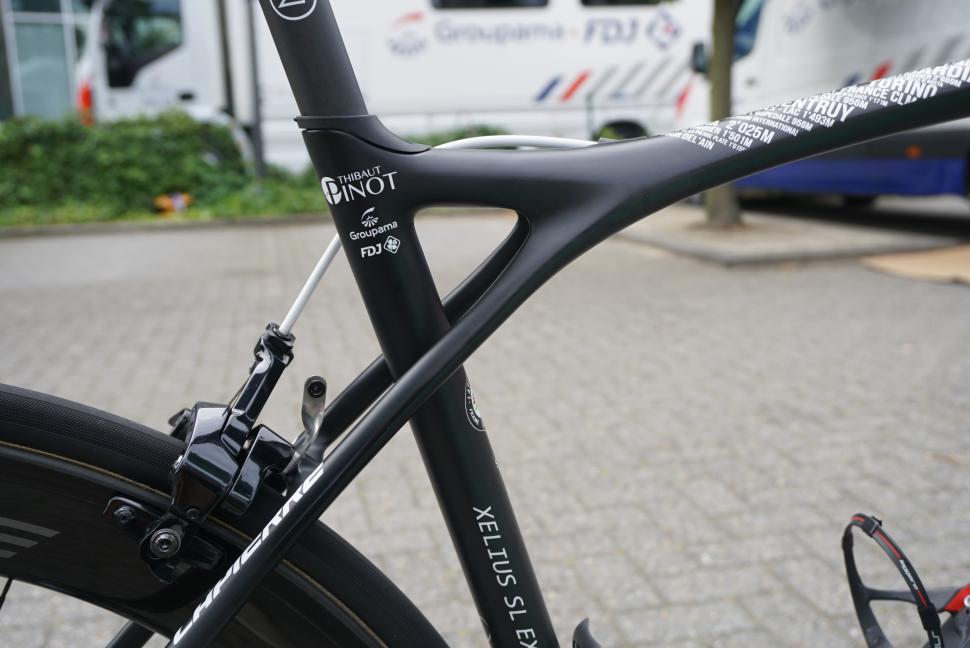

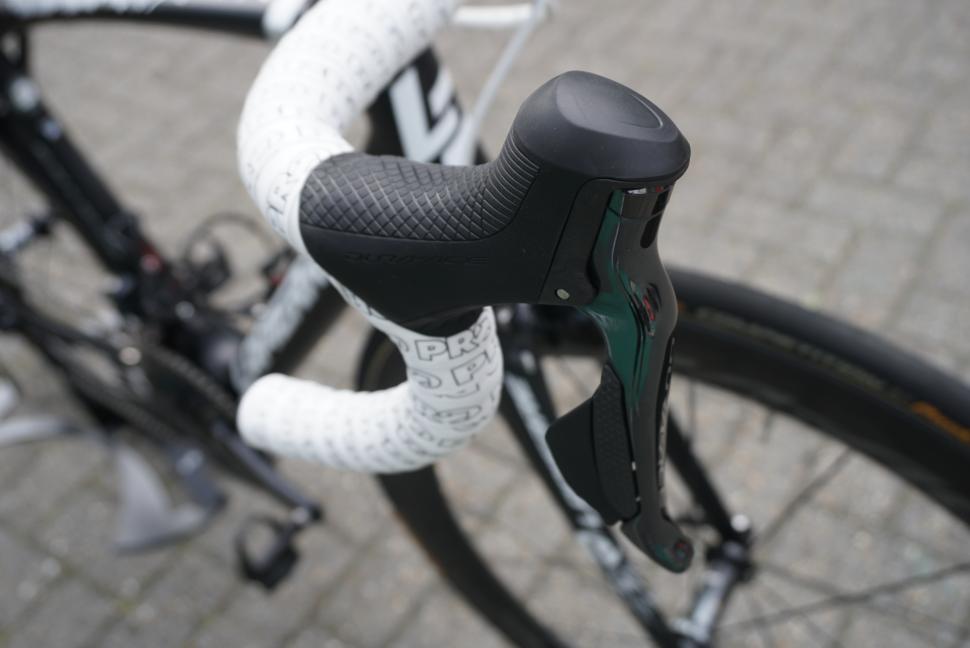
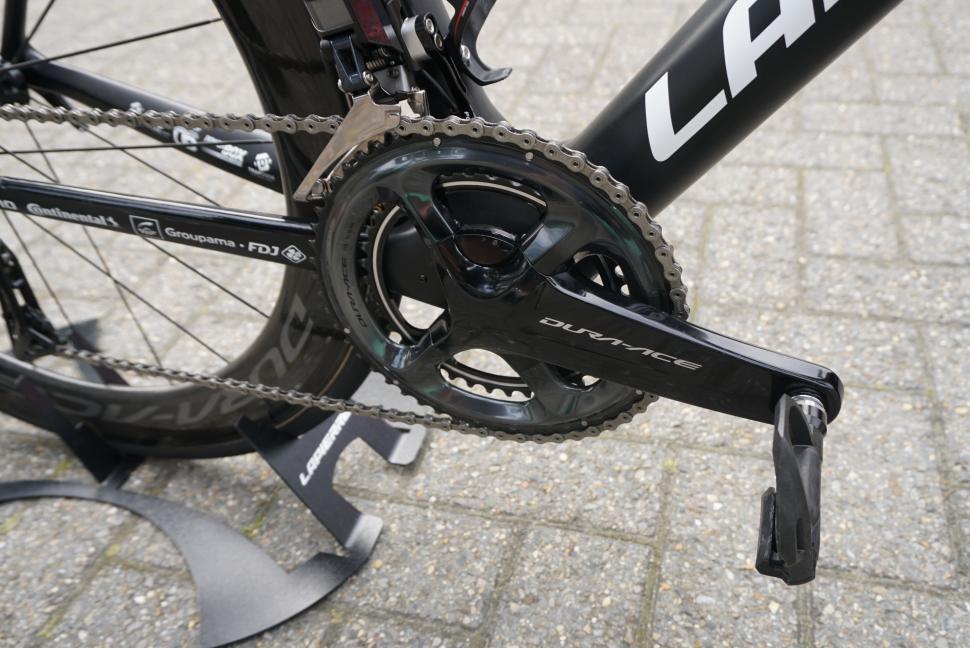
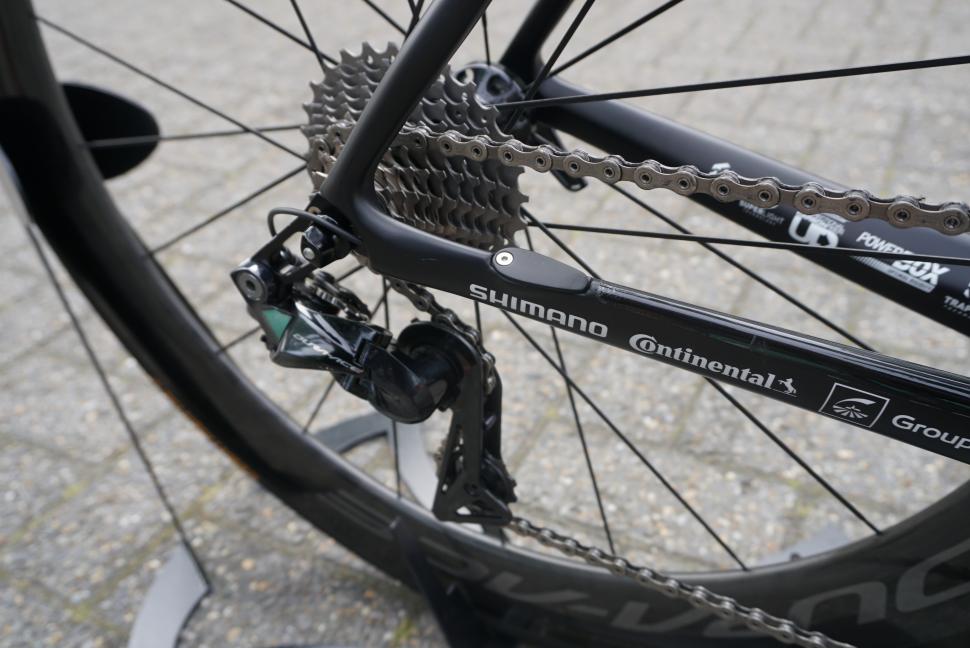
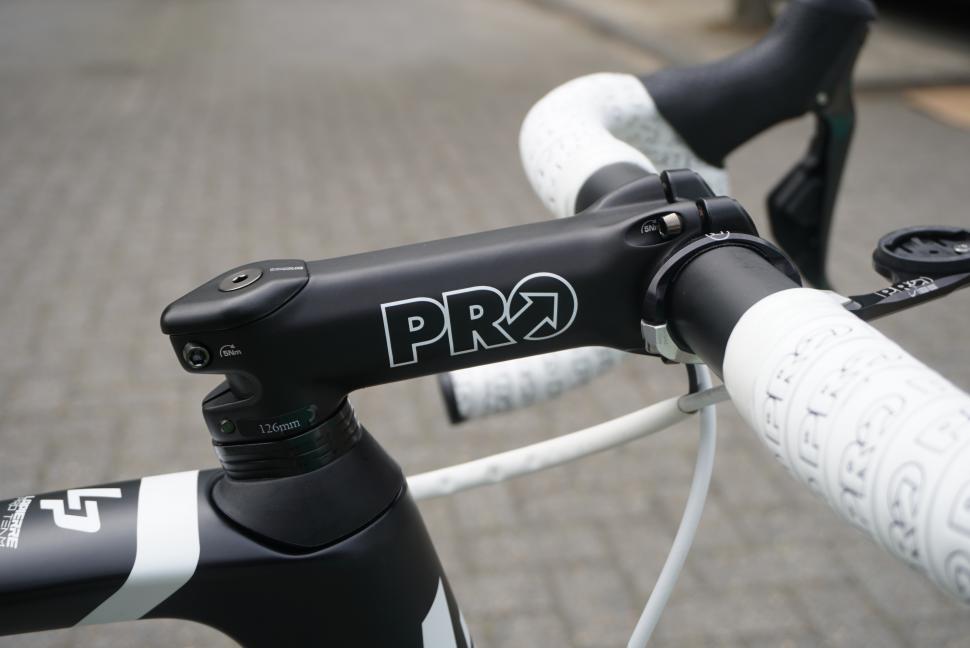
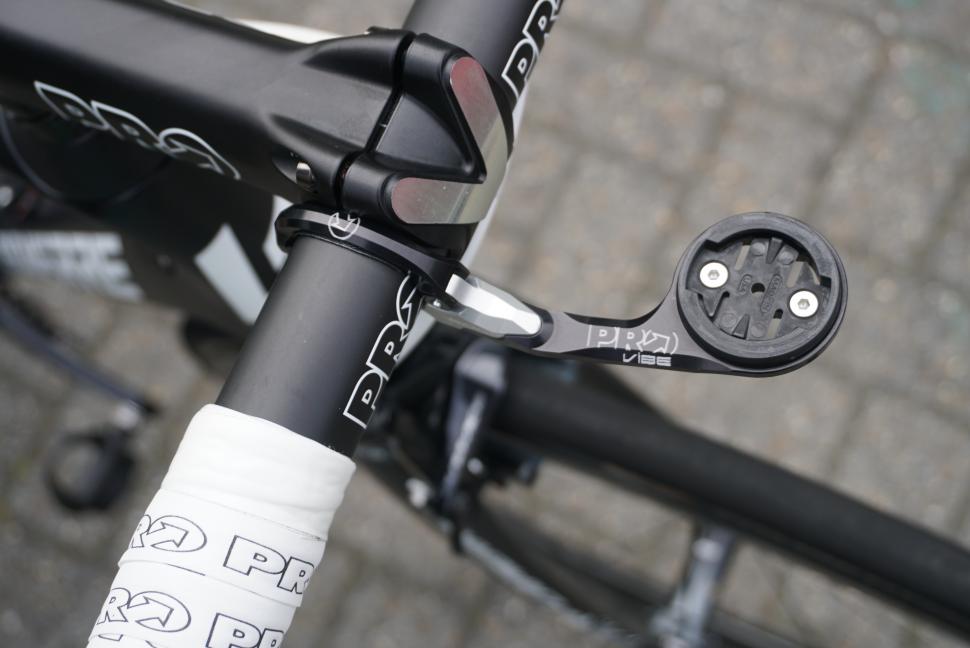

I was on a bus last night. Rush hour, home-time. Quite busy, as you can imagine....
Me too though I was hoping they would be testing the pro frame rather than the base level version. Though it should give an indication what the...
Think you're correct on the Renault. I don't find it makes any difference to breathing, because if you look at the picture their upper arms are...
Musette? Although this "hoopla"-style handover is probably not now recommended?
When someone says "It's an accident waiting to happen" they often mean "I'm an accident waiting to happen".
GWR also allows you to make bike and seat reservations on its services yourself via your online account, regardless of where you got your ticket.
Wax tends to last longer than wet lube between applications (although varies depending on brand of wax/lube). So, however frequently (or...
So, just as an example, what had five-month-old twins Naeim and Wissam Abu Anza, killed in an Israeli airstrike on a civilian house, done in their...
On the subject of other vehicles blocking cycle lanes, there is a point on the Croydon Tram between Waddon and West Croydon where it is designed in...
I've had one of these since November and agree it's good value for money. For me, the ride is a bit harsh and I can't really detect any comfort...